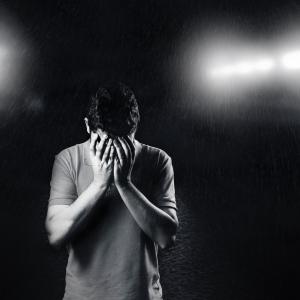Symptoms of Severe Anxiety
Everyone experiences mild anxiety from time to time. Occasional stress over work and family obligations is a normal part of life, as is anxiety over situations like public speaking or unfamiliar surroundings. Some people, however, experience severe anxiety on a regular basis, or in situations that don't usually cause extreme anxiety in others. In fact, it is estimated that around 40 million American adults are affected by severe anxiety in the form of an anxiety disorder in a given year. There are a number of different anxiety disorders, each with different manifestations of severe anxiety.
People with panic disorder experience sudden attacks of terror or fear with accompanying physical symptoms like a pounding heart, sweating, weakness or dizziness, nausea, chest pain, and difficulty breathing. During a panic attack, people often experience a sense of unreality and feel like they are losing control or having a heart attack.
Post-traumatic stress disorder (PTSD) is an anxiety disorder that develops after exposure to a traumatic event. People with PTSD often startle easily, feel emotionally numb, and can become irritable and aggressive. They are also prone to flashbacks to the traumatic event.
People who suffer from social phobia experience an intense and persistent fear of being watched and judged by other people. They worry excessively over social situations and often experience physical symptoms like blushing, sweating, trembling, and difficulty speaking during social situations.
Symptoms of a generalized anxiety disorder (GAD) include excessive and constant feelings of worry and tension, even when there is no actual threat. People with severe GAD worry so much that they may have trouble with daily activities, and may experience physical symptoms like fatigue, headaches, muscle tension and aches, difficulty swallowing, having to go to the bathroom frequently, feeling out of breath, and hot flashes.
Photo: Pixabay





